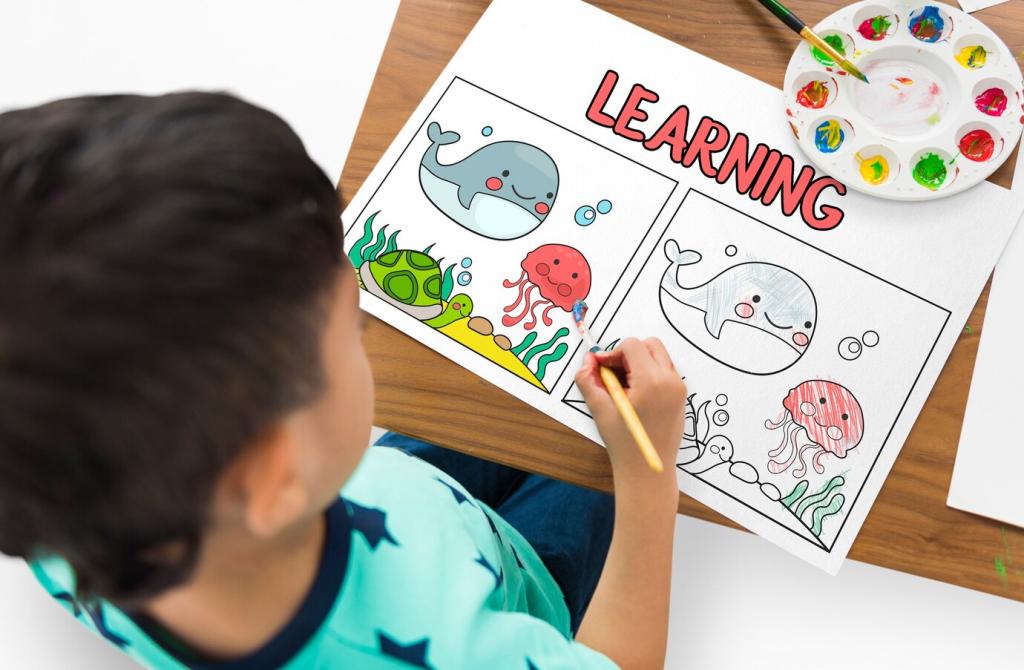Curriculum Blueprint: From Bias to Better Decisions
Start with awareness of biases, move to experiments, then design personal choice architecture. End with a public commitment and a check-in ritual. Provide plenty of practice shots. Ask students to co-create class norms that support their goals and share your flow in the discussion thread.
Curriculum Blueprint: From Bias to Better Decisions
Beyond quizzes, use behavior logs, reflection journals, and simple savings streak trackers. Evaluate process and obstacles, not only outcomes. Celebrate attempts and adaptations. Subscribe to download a rubric that balances knowledge, effort, and ethical reflection on nudges.



